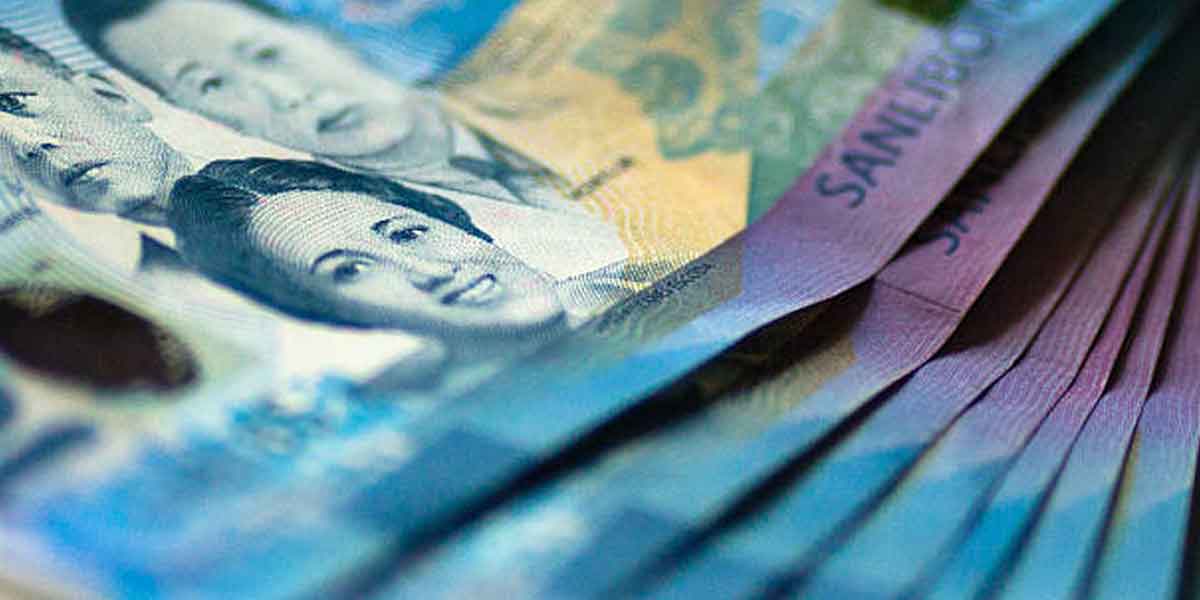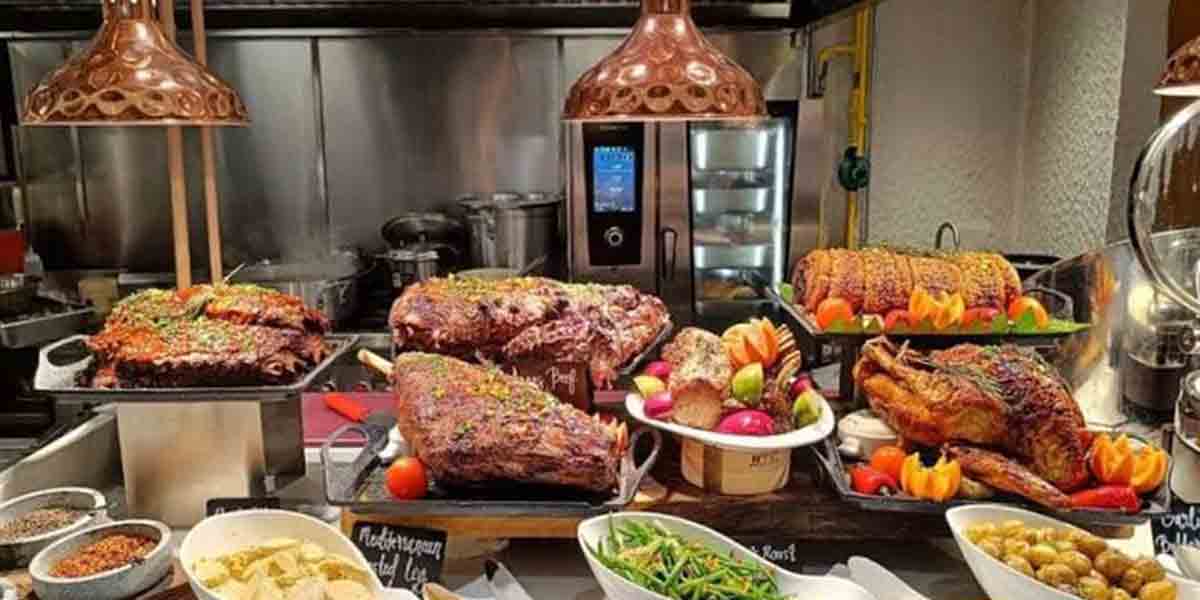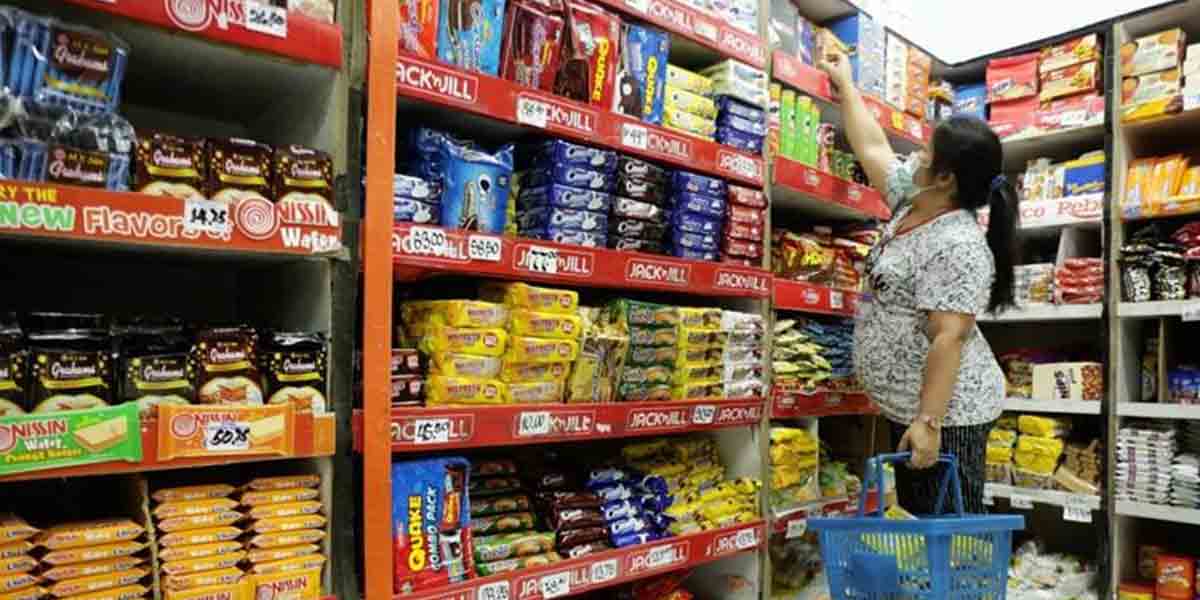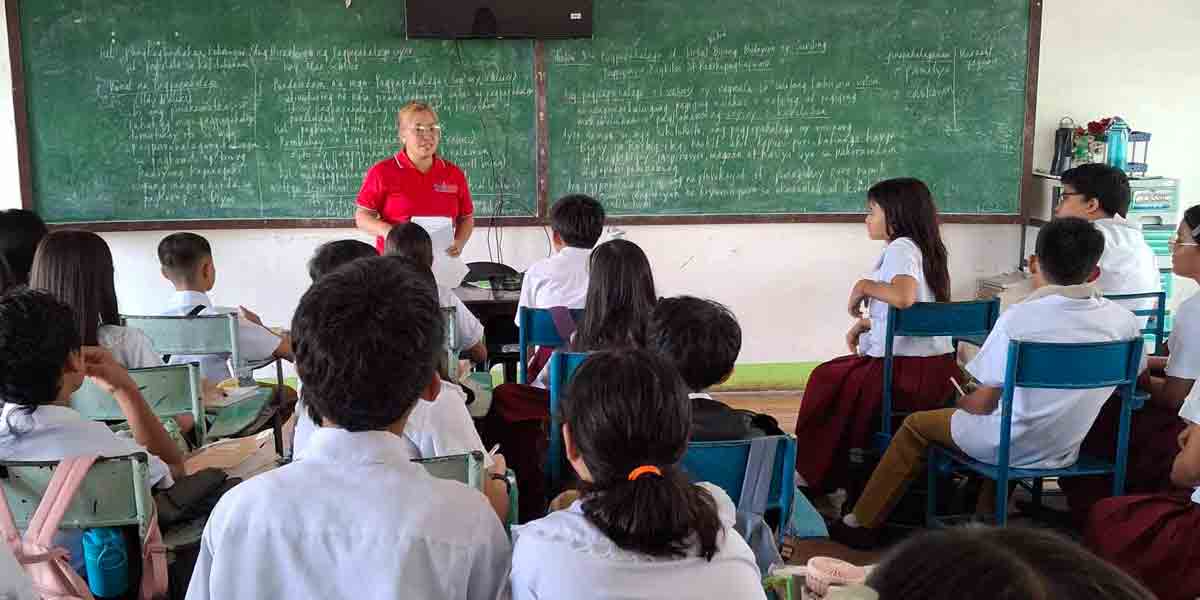
COVAX, the global initiative to ensure rapid and equitable access to COVID-19 vaccines for all countries, regardless of income level, today announced that it had arrangements in place to access nearly two billion doses of COVID-19 vaccine candidates, on behalf of 190 participating economies.
For the vast majority of these deals, COVAX has guaranteed access to a portion of the first wave of production, followed by volume scales as further supply becomes available.
The arrangements announced today will enable all participating economies to have access to doses in the first half of 2021, with first deliveries anticipated to begin in the first quarter of 2021 – contingent upon regulatory approvals and countries’ readiness for delivery.
Given these are arrangements for 2 billion doses of vaccine candidates which are still under development, COVAX will continue developing its portfolio: this will be critical to achieve its goal of securing access to 2 billion doses of safe and effective, approved vaccines that are suitable for all participants’ contexts, and available by the end of 2021.
However, today’s announcements offer the clearest pathway yet to end the acute phase of the pandemic by protecting the most vulnerable populations around the world. This includes delivering at least 1.3 billion donor-funded doses of approved vaccines in 2021 to the 92 low- and middle-income economies eligible for the COVAX AMC.
The new deals announced today include the signing of an advance purchase agreement with AstraZeneca for 170 million doses of the AstraZeneca/Oxford candidate, and a memorandum of understanding (MoU) with Johnson & Johnson for 500 million doses of the Janssen candidate, which is currently being investigated as a single dose vaccine.
These deals are in addition to existing agreements COVAX has with the Serum Institute of India (SII) for 200 million doses – with options for up to 900 million doses more – of either the AstraZeneca/Oxford or Novavax candidates, as well as a statement of intent for 200 million doses of the Sanofi/GSK vaccine candidate.
In addition to this, COVAX also has – through R&D partnership agreements – first right of refusal in 2021 to access potentially more than one billion doses (based on current estimates from the manufacturing processes under development) that will be produced, subject to technical success and regulatory approval, by candidates in the COVAX R&D Portfolio.
“This commitment is evidence that the world learned an important lesson from the 2009 H1N1 pandemic. Our research and development efforts have begun to pay off. We now have safe and effective vaccines that can protect against COVID-19 and a clear pathway to securing 2 billion doses for the populations at greatest risk all around the world,” said Dr Richard Hatchett, CEO of the Coalition for Epidemic Preparedness Innovations (CEPI).
“Securing the right of first refusal of successful vaccine production as part of R&D arrangements has helped guarantee equitable access to vaccines, a founding principle of CEPI. The challenge of delivering the vaccines that have demonstrated success, of completing the development of other promising vaccine candidates to further increase supply, and of ending the acute phase of the pandemic, lies ahead of us.”
Alongside boosting its pathway to two billion doses of approved vaccines through direct agreements with manufacturers, the COVAX Facility has also opened another potential source of vaccines.
The Principles for Dose-Sharing provide a framework for higher-income economies to make additional volumes secured via bilateral deals available through the Facility primarily to AMC participants, on an equitable basis. These principles outline that such doses must be safe and effective, available as early as possible and should be available in substantive volumes as early as possible in 2021 to enable rapid and flexible deployment by the Facility – supporting the overall goal of equitable access.
FIRST DELIVERIES IN Q1 2021
The announcements on deals and dose-sharing mean COVAX can plan for the first deliveries of vaccines in the first quarter of 2021, with the first tranche of doses – enough to protect health and social care workers – delivered in the first half of 2021 to all participating economies who have requested doses in this timeframe.
This would be followed by further delivery of doses to all participants in the second half of the year – targeting supply of doses equalling up to 20% of participants’ populations (or a lower amount if requested by the participant) by the end of the year.
Additional doses to reach higher coverage levels will then be available in 2022. All deliveries are contingent upon several factors, such as regulatory approvals and country readiness.
“The arrival of vaccines is giving all of us a glimpse of the light at the end of the tunnel,” said Dr Tedros Adhanom Ghebreyesus, Director-General of the World Health Organisation (WHO). “But we will only truly end the pandemic if we end it everywhere at the same time, which means it’s essential to vaccinate some people in all countries, rather than all people in some countries. And we must remember that vaccines will complement, but not replace, the many other tools we have in our toolbox to stop transmission and save lives. We must continue to use all of them.”
The COVAX Facility currently has 190 participating economies.
This includes 98 higher-income economies and 92 low- and middle-income economies eligible to have their participation in the Facility supported via the financing mechanism known as the Gavi COVAX AMC. Of the 92 economies eligible to be supported by the COVAX AMC, 86 have now submitted detailed vaccine requests, offering the clearest picture yet on actual global demand for COVID-19 vaccines.
In addition to gathering detailed information on participating economies’ vaccine requests, COVAX, through Gavi, UNICEF, WHO, the World Bank, and other partners has been working closely with all countries in the Facility, particularly AMC-eligible participants, to help plan and prepare for the widespread roll out of vaccines.
Conditions that determine country readiness include regulatory preparedness as well as the availability of infrastructure, appropriate legal frameworks, training, and capacity, among other factors.
“Securing access to doses of a new vaccine for both higher-income and lower-income countries, at roughly the same time and during a pandemic, is a feat the world has never achieved before – let alone at such unprecedented speed and scale,” said Dr Seth Berkley, CEO of Gavi, the Vaccine Alliance, which leads on procurement and delivery for COVAX.
“COVAX has now built a platform that offers the world the prospect, for the first time, of being able to defeat the pandemic on a global basis, but the work is not done: it’s critical that both governments and industry continue to support our efforts to achieve this goal”.
EARLY PLEDGES
To achieve this ambitious goal, COVAX currently estimates it needs to raise an additional US$ 6.8 billion in 2021 – US$ 800 million for research and development, at least US$ 4.6 billion for the COVAX AMC and US$ 1.4 billion for delivery support.
Support for the COVAX AMC will be critical to ensuring ability to pay is not a barrier to access. Thanks to the generous support of sovereign, private sector, and philanthropic donors, the AMC has met its urgent 2020 fundraising target of US$ 2 billion, but at least US$ 4.6 billion more is needed in 2021 to procure doses of successful candidates as they come through the portfolio.
The last two weeks have seen a number of pledges made to Gavi for the COVAX AMC, bringing the overall amount raised to US$ 2.4 billion:
Norway has signed a new commitment of NOK 1 billion to the International Finance Facility for Immunisation (IFFIm), to be paid from 2021 to 2030. This funding will support the Gavi COVAX AMC and comes on top of earlier commitments of NOK 164.1 million in direct funding and $6.25 million in funding transferred from the PCV AMC to support the Gavi COVAX AMC.
Canada pledged CAD 75 million in funding to support the delivery of COVID-19 vaccines in lower income economies as part of the Gavi COVAX AMC. This includes a CAD 5 million investment in the development of a mechanism to equitably reallocate vaccine doses through the COVAX Facility, either by donation or exchange.
Kuwait has confirmed a pledge of US$ 10 million to the Gavi COVAX AMC.
Denmark has announced, subject to parliamentary approval, a commitment of DKK 50 million to Gavi COVAX AMC.
New Zealand has pledged NZ$ 10 million to the Gavi COVAX AMC, in addition to NZ$ 7 million pledged earlier this year for the AMC.
Netherlands has signed and paid a commitment of EUR 5 million to the Gavi COVAX AMC
Singapore has pledged US$ 5 million to the Gavi COVAX AMC
The King Salman Humanitarian Aid and Relief Center (KSrelief) / Gamers Without Borders have confirmed a pledge of US$ 1.3 million to the Gavi COVAX AMC
Estonia has signed a commitment of EUR 70,000 to the Gavi COVAX AMC
In addition to these pledges, Team Europe confirmed financial support of EUR 500 million, through EUR 400 million European Investment Bank loan and EUR100 million grant to Gavi, in support of equitable access through COVAX.
The goal of COVAX is to deliver two billion doses of safe, effective vaccines that have passed regulatory approval and/or WHO prequalification by the end of 2021. These vaccines will be offered equally to all participating countries, proportional to their populations, initially prioritising healthcare workers then expanding to cover vulnerable groups, such as the elderly and those with pre-existing conditions. Further doses will then be made available based on country need, vulnerability and COVID-19 threat. The COVAX Facility will also maintain a buffer of doses for emergency and humanitarian use. (who.int)























